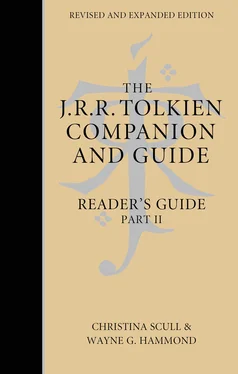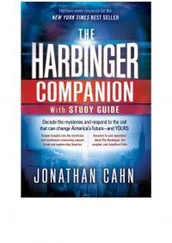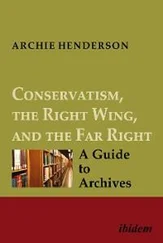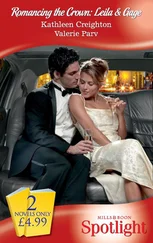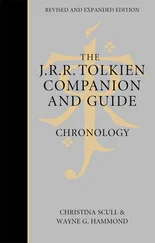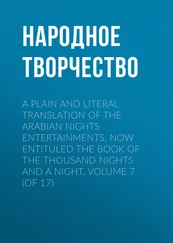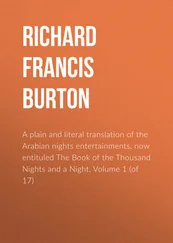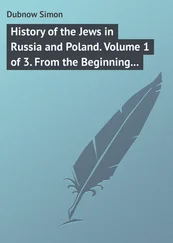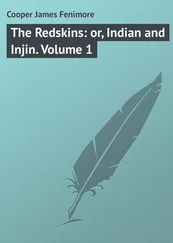The final texts of both parts of The Notion Club Papers were published in Sauron Defeated , with readings from earlier versions where they differ significantly. Notes explain some of the allusions and references in the text. Some of the names that appear in The Notion Club Papers are explained in * The War of the Jewels (1994), p. xi.
Christopher Tolkien admits that he does not know why his father abandoned The Notion Club Papers . ‘It may be that he felt that the work had lost all unity, that “Atlantis” had broken apart the frame in which it had been set …. But I think also that having forced himself to return to The Lord of the Rings , and having brought it to its end, he was then deflected into the very elaborate further work on the legends of the Elder Days that preceded the actual publication of The Lord of the Rings ’ (p. 152). Later he wondered, too, if the conception had not become too ‘intricate’ for his father to continue (p. 282).
Another reason may be that Tolkien became distracted by ideas for a new language, Adunaic (later Adûnaic , see *Languages, Invented), as spoken in Númenor, and interested in working out a new study of the fall of Númenor, in a Mannish tradition: The Drowning of Anadûnê . He spent considerable time on Adunaic, producing a seventeen-page typescript, said to be a report written by Lowdham to present to the Notion Club. This begins by describing the probable history of the language, and continues with an elaborate but incomplete account of its phonology. Tolkien also spent hours making ‘facsimiles’ of Lowdham’s Adunaic fragments and two of Lowdham’s father’s Old English texts written in Tengwar (*Writing systems); these are reproduced in Sauron Defeated . The transcriptions and translation of the fragments that Lowdham produces at the meeting of 12 June are reproduced as two colour plates at the beginning of the HarperCollins and Houghton Mifflin hardback editions.
THE INKLINGS
An important element of the ‘minutes’ are references or allusions made by the members of the Notion Club to members of the *Inklings and their works. These include criticism of the methods of transporting Elwin Ransom to Mars and Venus in Out of the Silent Planet (1938) and Perelandra (1943) by *C.S. Lewis. One of the members has lectured on Lewis and *Charles Williams with the title Public House School . The Allegory of Love (1936) by Lewis, and Williams’ House of the Octopus (1945), are mentioned as probably the only works by those authors still remembered at all. A few ‘read C.R. [*Christopher] Tolkien’s little books of memoirs: In the Roaring Forties , and The Inns and Outs of Oxford ’ but only three members of the Club ‘bothered with Tolkien père and all that elvish stuff’ (p. 219). In the first manuscript of Part Two Jeremy remembers finding in a secondhand shop a manuscript, Quenta Eldalien, being the History of the Elves by John Arthurson (= John R.R. Tolkien, son of *Arthur Tolkien), in which he found the name Nūmenor ( sic ). Other members then recall C.S. Lewis’s use of ‘Numinor’. Professor Rashbold of Pembroke, who deciphers and translates the Old English text (written in Tengwar; see *Writing systems) is another sly allusion to Tolkien himself (see *Names).
There are also ‘external’ associations with the Inklings, provided in editorial apparatus. A rejected first page of Part One bears the title Beyond Lewis or Out of the Talkative Planet , and continues: ‘Being a fragment of an apocryphal Inklings’ Saga, made by some imitator at some time in the 1980s’. Its replacement has the title Beyond Probability or Out of the Talkative Planet ’, a play on the titles of two of C.S. Lewis’s works, Out of the Silent Planet and Beyond Personality (1944), and suggests that the work was ‘written after 1989, as an apocryphal imitation of the Inklings Saga Book ’ (pp. 148–9). The real Inklings regrettably kept no such record of their meetings, but The Notion Club Papers probably conveys some of the atmosphere of their discussions. An early list of members of the Notion Club, identifying some with individual Inklings, shows that Tolkien began with such a scheme, but he seems to have abandoned the idea almost immediately. Although some Notion Club members seem to portray aspects of certain of the Inklings, exact equivalences were soon rejected.
The first pages mentioned above continue with ‘Preface to the Inklings’ (rejected version) and ‘aside to the audience’ (second) version): ‘I beg of the present company not to look for their own faces in this mirror. For the mirror is cracked, and at the best you will only see your countenances distorted, and adorned maybe with noses (and other features) that are not your own, but belong to other members of the company – if to anybody’ (pp. 148–9). Christopher Tolkien thinks it likely that his father’s first idea ‘was far less elaborate than it became; intending perhaps, so far as the form was concerned, no more than a jeu d’esprit for the entertainment of the Inklings – while the titles seem to emphasize that it was to be, in part, the vehicle of criticism and discussion of aspects of Lewis’s “planetary” novels’ (p. 149). He sees no indication that his father envisaged Part Two as written, until after he completed Part One.
CRITICISM
In ‘Tolkien’s Experiment with Time: The Lost Road , “The Notion Club Papers”, and J.W. Dunne’, in Proceedings of the J.R.R. Tolkien Centenary Conference 1992 , ed. Patricia Reynolds and Glen H. GoodKnight (1995), Verlyn Flieger finds that The Notion Club Papers show
a considerable advance in technical sophistication over The Lost Road . Tolkien’s handling of his material is surer, and his sense of story better developed. There is an increase in narrative tension through a carefully-orchestrated sequence of psychological aberrations, a judicious sprinkling of plot-teasers in the first part of the story, and a gothic use of weather, culminating in the story’s violent climax in a night of storm. The tone of this second narrative is more energetic and its setting more clearly contemporary, more conspicuously grounded in time and place, than that of the earlier story. The argumentative, rumbustious members of the Notion Club are a distinct improvement over the rather quiet Errols, while Tolkien’s earliest drafts make it clear that the wit, rough badinage, and often heated exchanges were drawn from life – specifically the Inklings. [p. 42]
See also Flieger’s A Question of Time: J.R.R. Tolkien’s Road to Faërie (1997), especially Chapter 5, and her ‘The Curious Incident of the Dream at the Barrow: Memory and Reincarnation in Middle-earth’, Tolkien Studies 4 (2007).
David Bratman wrote in ‘The Literary Value of The History of Middle-earth ’, in Tolkien’s Legendarium: Essays on The History of Middle-earth , ed. Verlyn Flieger and Carl F. Hostetter (2000), that in The Lost Road and The Notion Club Papers ‘we have something not otherwise found in Tolkien’s fiction – stories with explicitly modern setting, which display the author’s own aesthetic to language so extensively that his biographer quoted from them for that purpose …. Not even in his essay * A Secret Vice did Tolkien so vividly convey what the imagination of language meant to him’ (p. 81). He also remarks that
The club may best be thought of as the Inklings viewed through Tolkien’s eyes and idealized to his tastes …. He knew his men intimately … and his imaginary conversations have all the freshness, repartee, and meanderings into intellectual byways that one would expect of a transcription of the real Inklings meetings. The opening discussions are wide-ranging considerations of secondary-world literature that in style must be very similar to actual Inklings meetings, though the content is tinged heavily by Tolkien’s own ideas and interests. [p. 82]
Читать дальше
